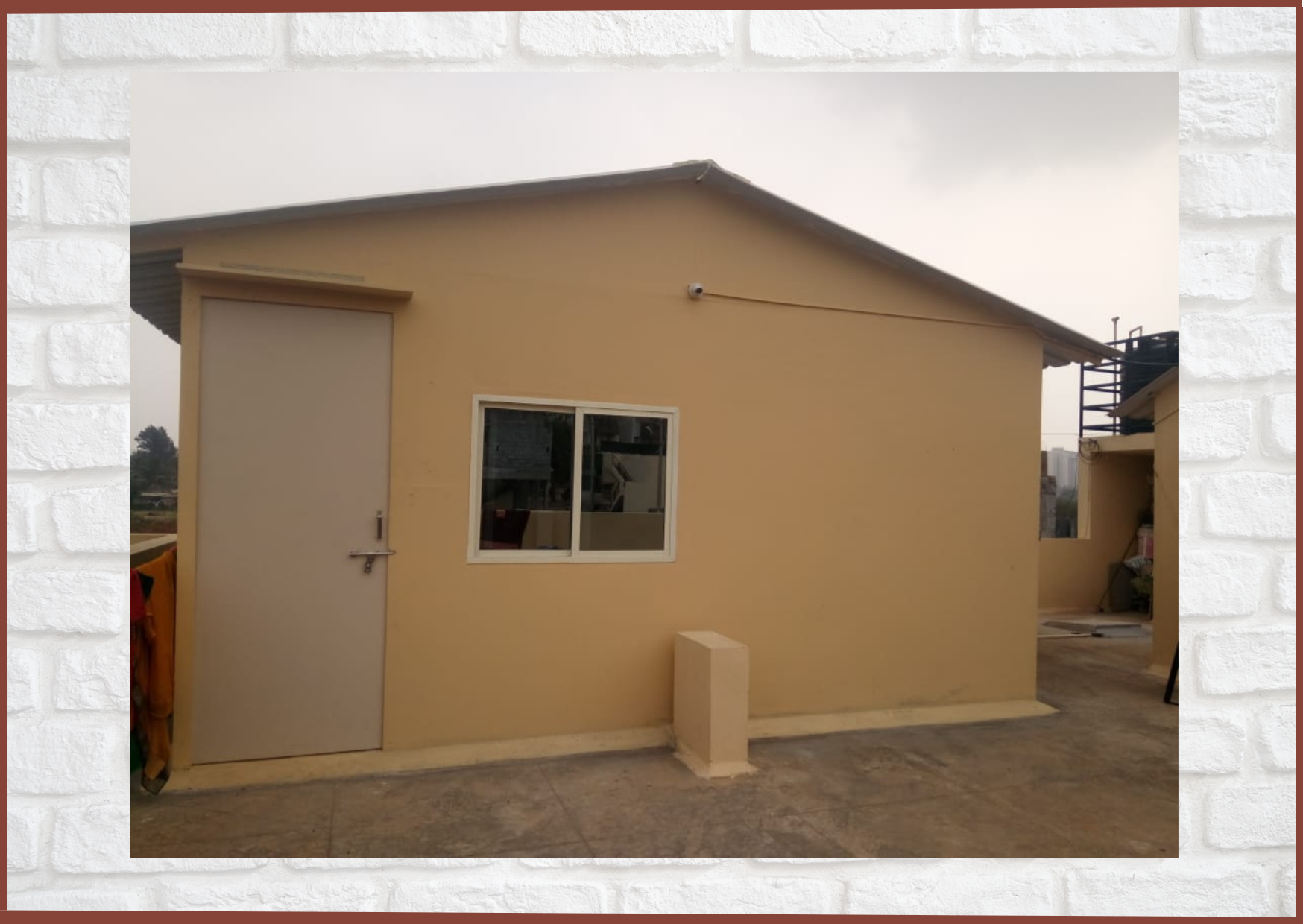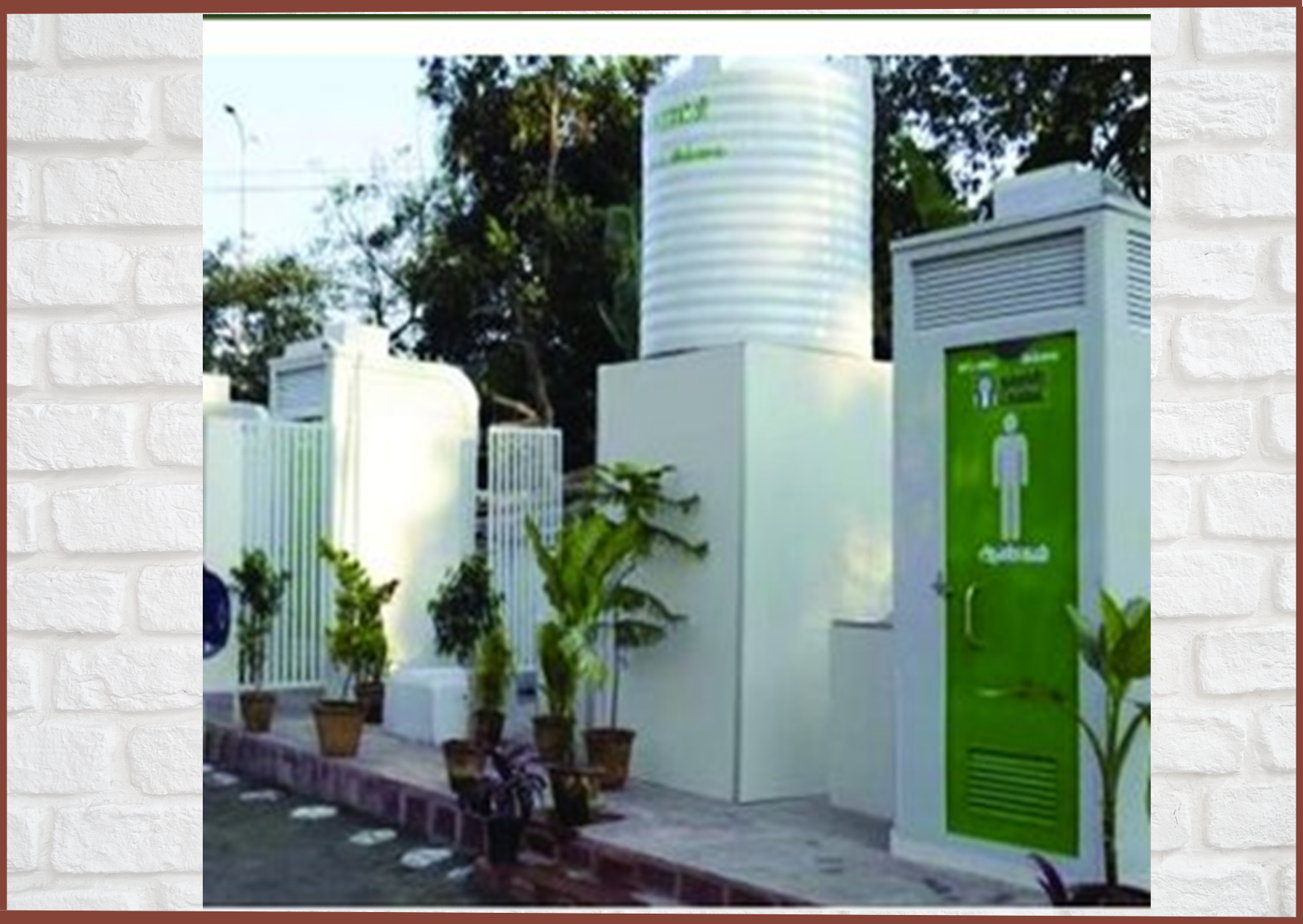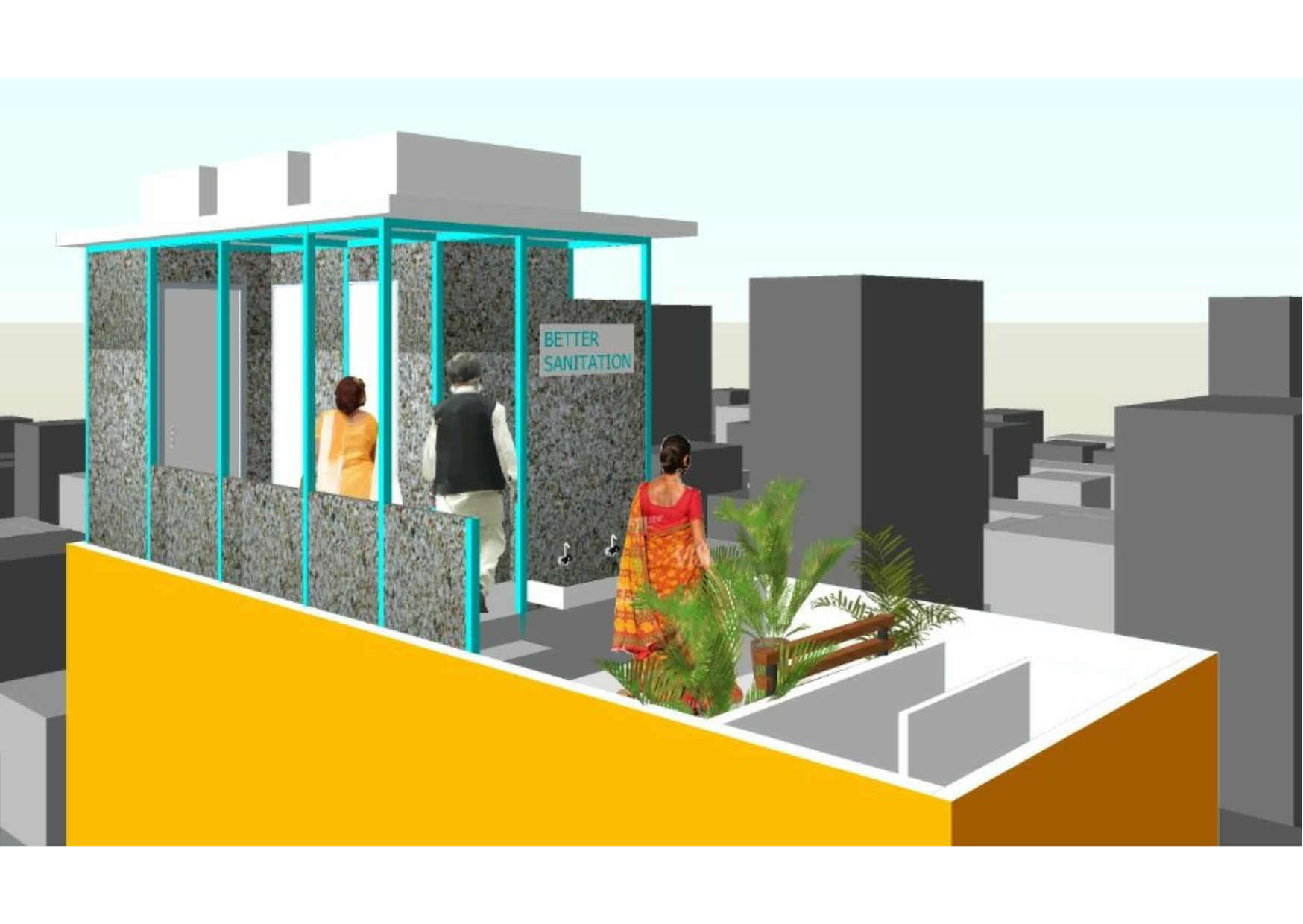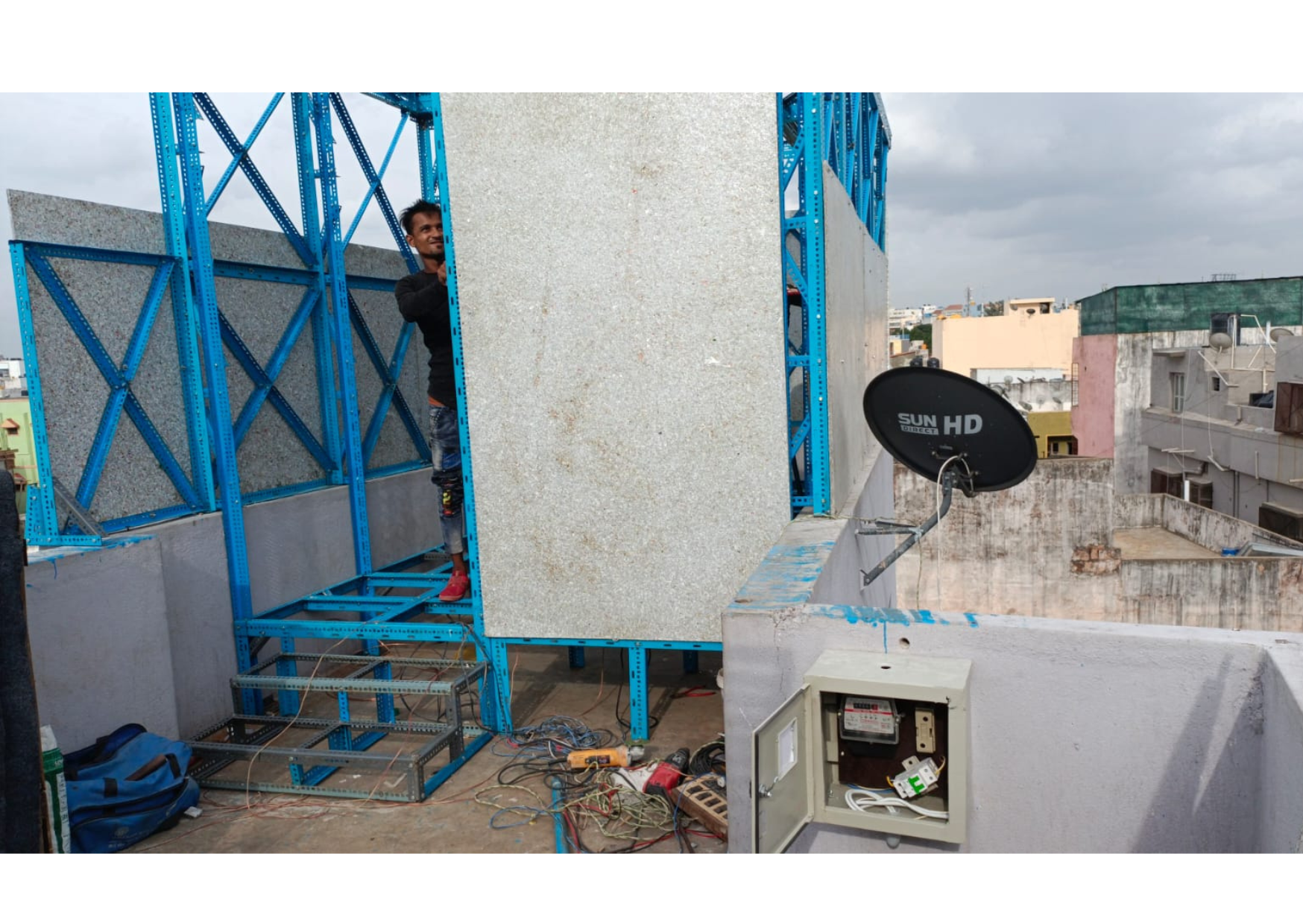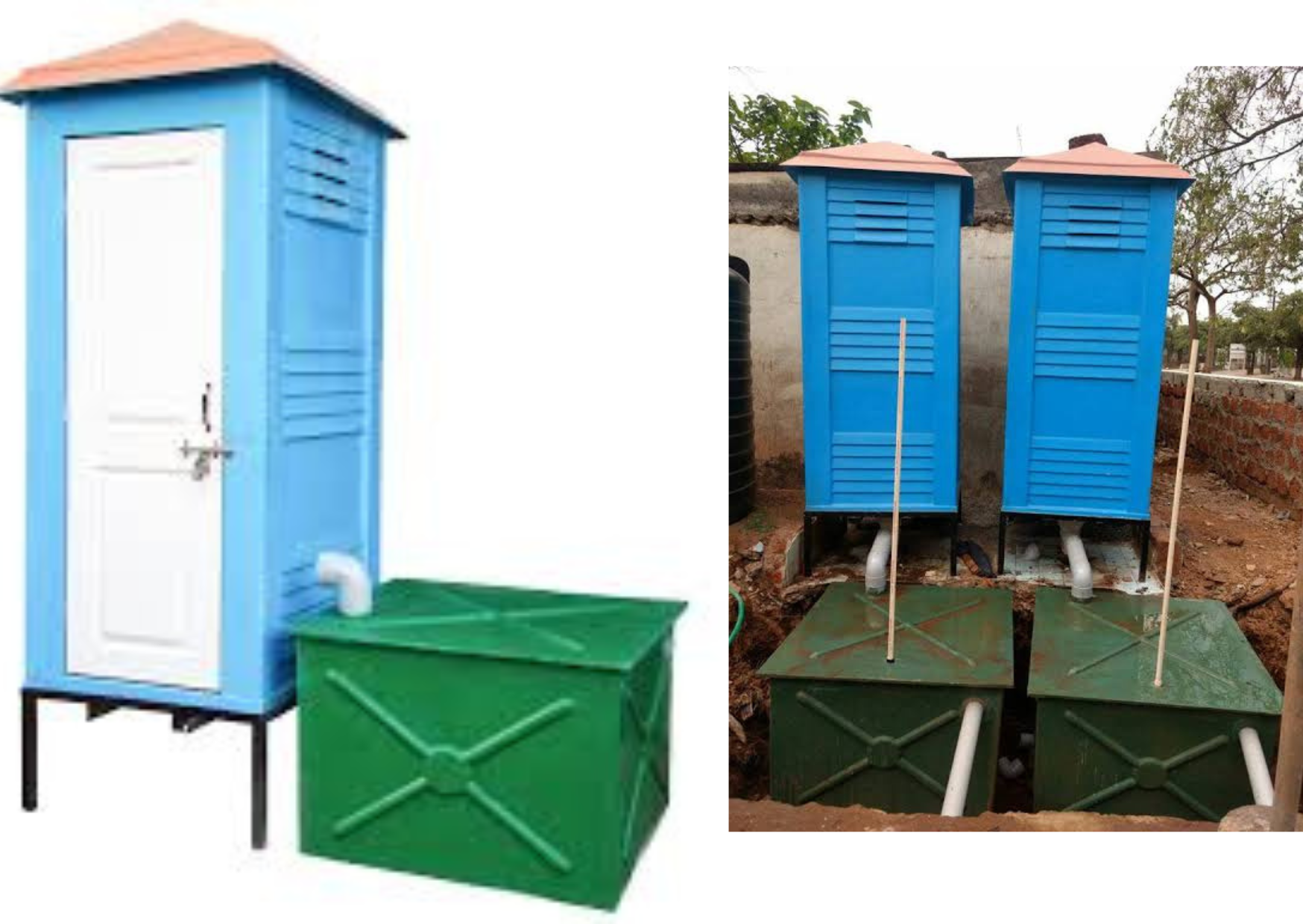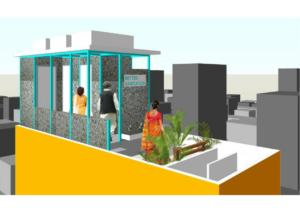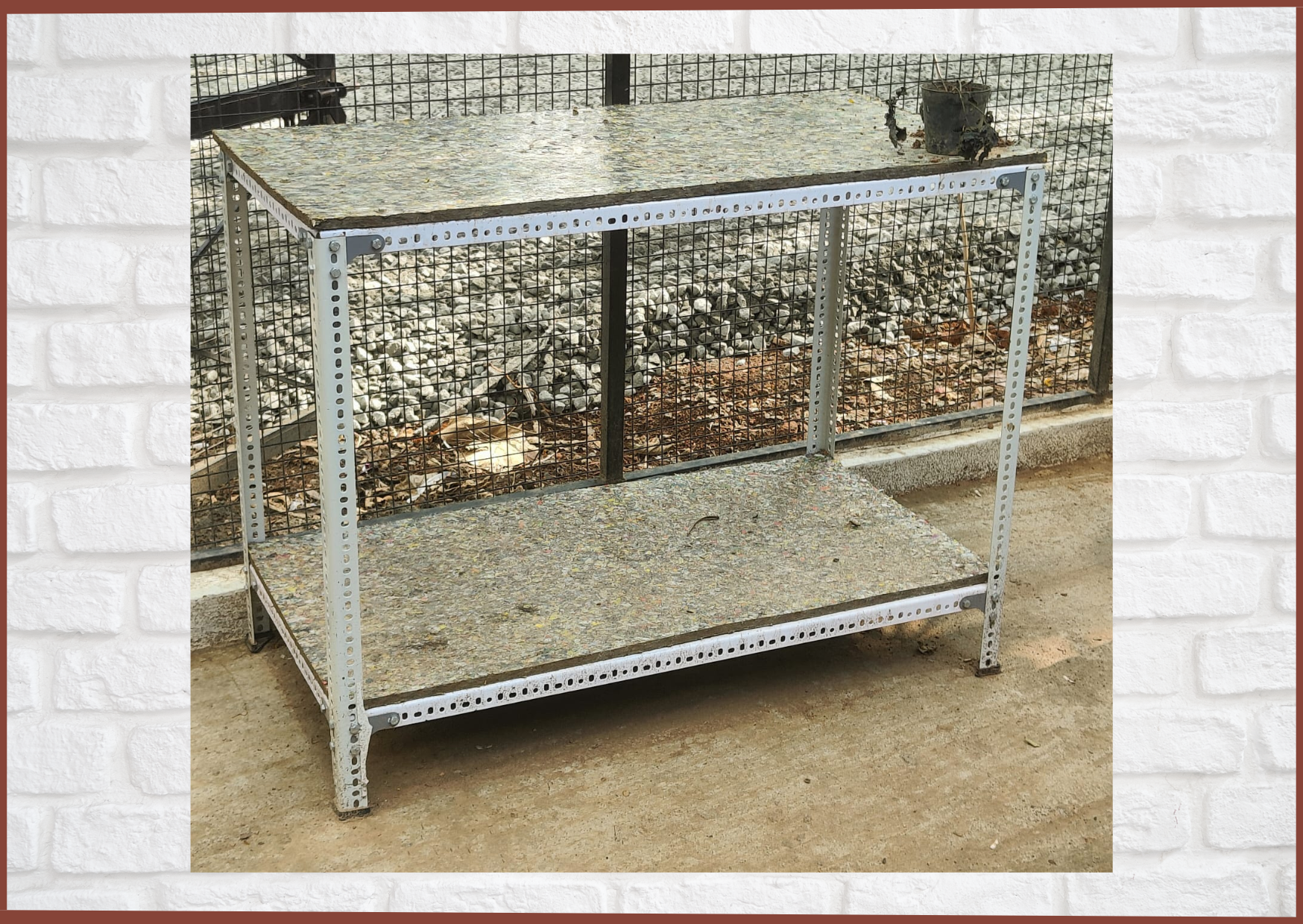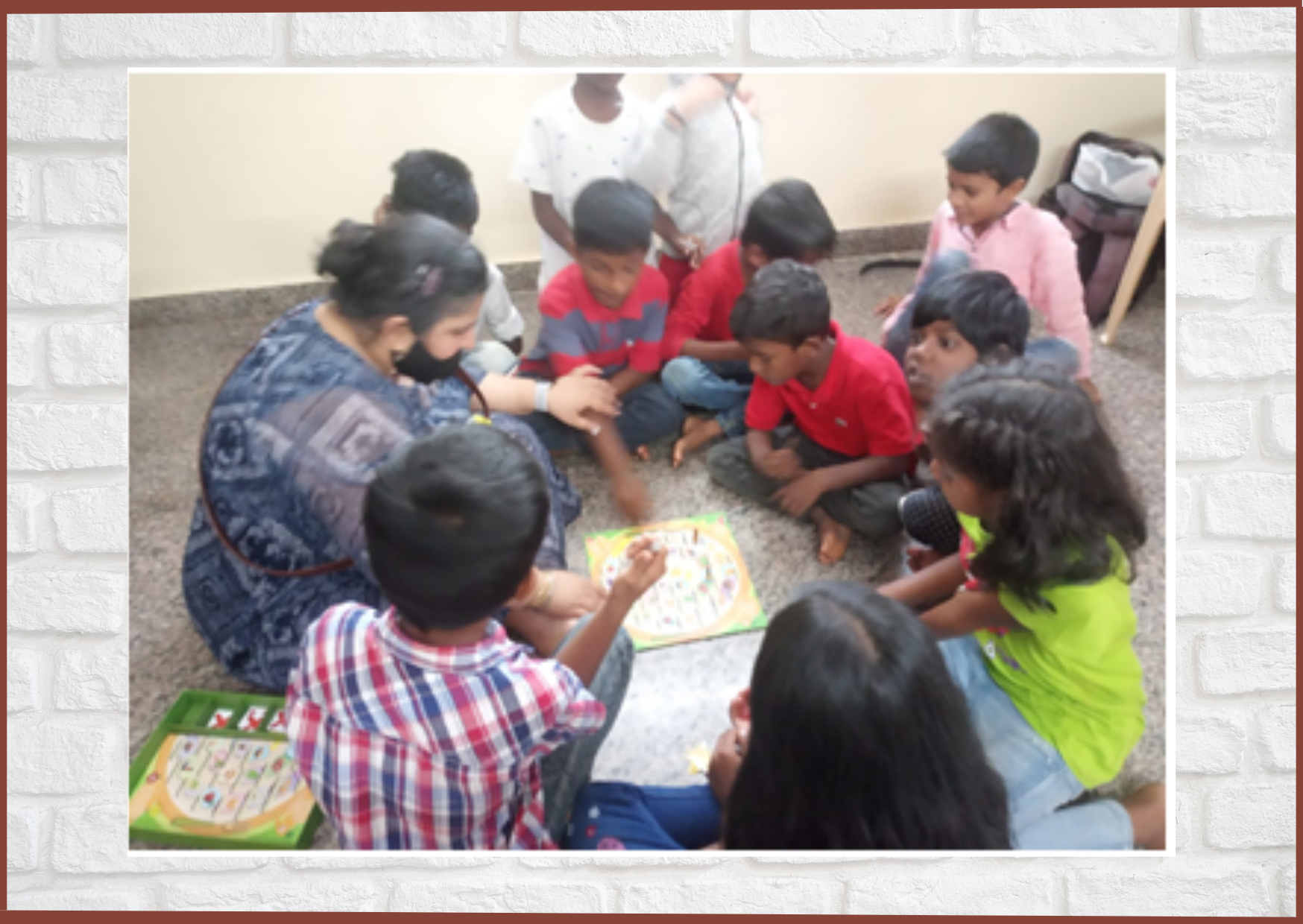- Who is the Solution For?
- Under-served Community where this solution can be Deployed
- Sustainability of the Solution
- Expected Outcome of the Solution
- Testimonial from Philanthropists
Who is the Solution For?

Everyone from low income families who does not have access to toilet in their homes, schools, work places like construction sites, common areas.
Under-served Community where this solution can be Deployed
Government Schools, Shelter homes, Slums, Rural areas
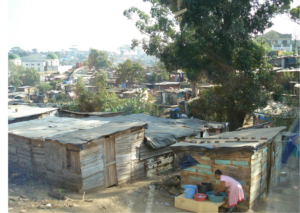
Sustainability of the Solution
The toilets are constructed with sturdy, sustainable materials. In the case of a bio-toilet, the bacteria in the digester needs to be changed every one year. The hygiene of the toilet has to be maintained to ensure no communicable diseases spread through usage of common toilets. Given all these, the toilets can become a permanent infrastructure in under-served communities.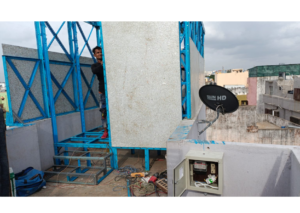
Expected Outcome of the Solution
- Access to dignified toilets in homes, schools, work place.
- Reduction in spread of communicable diseases caused by open defecation.
- Safety and Security for women
Testimonial from Philanthropists
“We take toilets for granted. In privileged families, every house has an average of 3 toilets. We were very happy to set up these toilets in our village. ” says one of our high net-worth philanthropist who has donated toilets in schools in his hometown.


